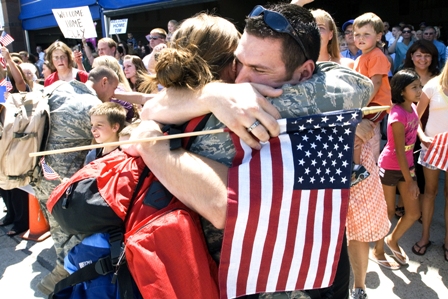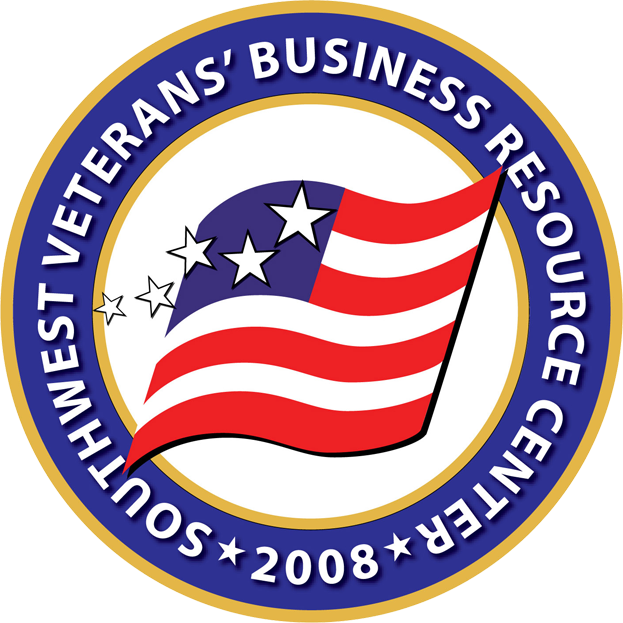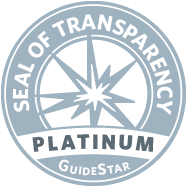By JEFF ROWE - jrowe@nctimes.com | Posted:
February 20, 2010 5:58 pm
|
| Print
For decades, officers' clubs were revered, exclusive
institutions of the military services.
Dues were cheap and so were the drinks. After a combat mission
or tough day of training, adjourning to the O-club was a cherished
way to cap the day.
Lifelong friendships were cemented, an officer's social status
ratified. Officers' clubs were thought to be part of the
morale-maintenance and bonding that was vital to an effective
fighting force.
Now, in changes driven by economics, demographics, health and
social engineering, officers' and enlisted clubs have been closing
at bases around the nation, the buildings transformed into other
uses, or converted into all-ranks cafes, sports bars, restaurants
and meeting places.
The Navy has closed many officers' clubs; the Army has closed a
majority, a Pentagon spokesman said. Even the Marines, the most
tradition-bound of the services, have closed officers' clubs.
And the closures are fostering a new social order in the
military, one where comradeship and cohesion are based more on a
top-to-bottom unit allegiance rather than the stratified worlds of
officers and the enlisted.
At Camp Pendleton, one of the officers' clubs was converted last
year into a family-readiness center. A portion of the old club was
renovated and reopened a few months ago as Pub 1795, named after
its building number. From 4 to 9 p.m. Fridays, it's open for
officers only. The rest of the time, the Marines use it for
classes, meetings and events such as retirement parties.
Farthest ahead in converting officers' clubs is the Air Force,
the Pentagon said.
Air Force officers' clubs are becoming activity centers, said
Henry Frye, general manager of the Hap Arnold Club at March Air
Reserve Base near Moreno Valley. The club was named for the general
who guided the Air Force through its formative years.
"We're shifting from one culture to another, and it's still in
progress," Frye said.
Lunch with the boss
On a recent day in the Back Street Cafe, a section of the Hap
Arnold Club, Tech. Sgt. Rodney Doll of Moreno Valley and Senior
Airman Richard Pacheco were eating lunch when their boss in the
aircraft maintenance squadron, Capt. Glenn Baker, sat down at the
next table.
They chatted easily, something that would not have happened
years ago in a place Pacheco and Doll never would have entered.
"Before, you didn't really talk to the officers," Doll said.
"Communication is better now. We work professionally, but now we
also can kick back with them."
Baker also likes the new order. "I experience what they
experience," he said. "We need feedback and interaction ---- we get
a better end product. They speak freely."
Should any of them come back in the evening, they could watch
the Olympics on the six screens in the Aces Sports Bar, which
opened last year and feels like it could be anywhere in civilian
America.
Meshing the clubs is part of a broader, fundamental change in
how enlisted troops and officers interact.
"It's a more relaxed (but) professional environment," said
Master Sgt. John Hale, a historian at March and new owner of a
master's degree in archaeology.
Still, it's a profound change in the sociology of the armed
forces.
"I'm reeling trying to grasp this," said Abe Shragge, a history
professor at UC San Diego, who teaches a class in how war is
represented in popular culture and music.
Combining officers' and enlisted clubs is a "wholesale cultural
change ---- it's remarkable." he said. "A sports bar open to all
ranks ---- I see that as more culturally normal than the segregated
culture of the past."
Funding crunch
Economics, funding, health and safety also contributed to the
clubs' change.
Funding for Air Force clubs was cut in 1991, which meant the
clubs had to pay for their utilities, supplies and labor. Two other
factors are influencing the demise of officers' clubs: concerns
about alcohol-related accidents and diseases, and newer officers
preferring to spend recreation time on family and activities other
than drinking after work.
"In the 1980s, we started deglamorizing alcohol," said Bryan
Driver, a spokesman in Washington, D.C., for Marine Corps Community
Services.
Retired USAF Col. Bill Gavitt recalled officers' clubs as the
focus of social activity during his active-duty days in the 1950s,
'60s and '70s.
"Alcohol was cheap; club drinks were cheap," he said. "Alcohol
was so abundant and easy to get that many developed alcohol
problems."
Gavitt is a former president of the March Field chapter of the
Military Officers' Association of America. He lives in Riverside
and still attends events at the now all-ranks Hap Arnold Club.
"We were stuffy too long," he said of the rank-segregated clubs.
"You depend on the troops to help you at the hospital, to service
your airplane ---- these are the people you depend on for your
life. It's a pyramid, and everyone stands on everyone else's
shoulders."
Despite the demise of the O-clubs, some new gathering places
have sprung up that are evocative of them.
At March, Sally's Alley feels like a World War II aviators club.
Its walls are covered with graffiti written mostly by pilots;
scarves worn by bomber pilots hang from the ceiling; and a list of
"rules" includes an admonition to "say good night to the
bartender."
Traditional as it feels, though, Sally's Alley also is part of
the new military social frontier.
All ranks are welcome.
Call staff writer Jeff Rowe at 760-740-5417.
 A welcoming home for our Troops.
A welcoming home for our Troops.

